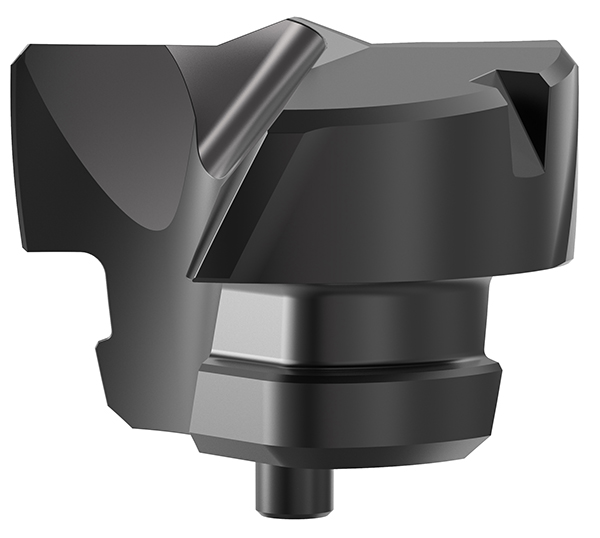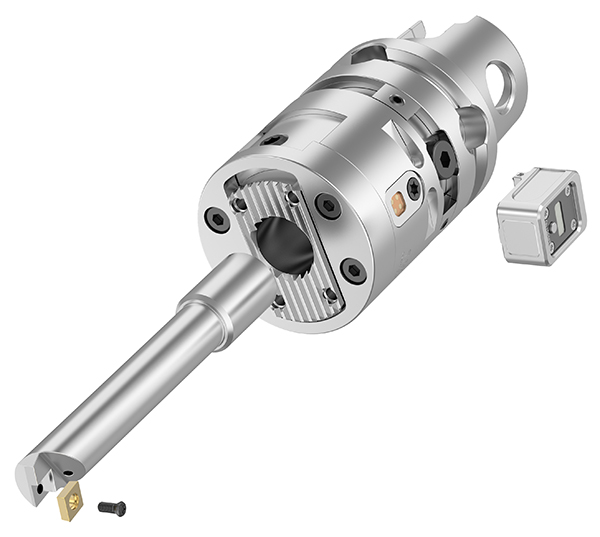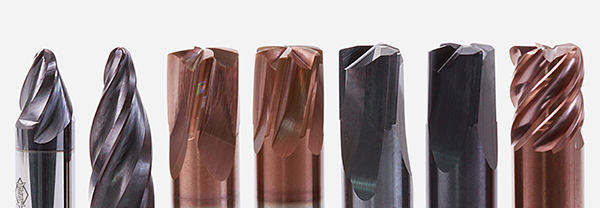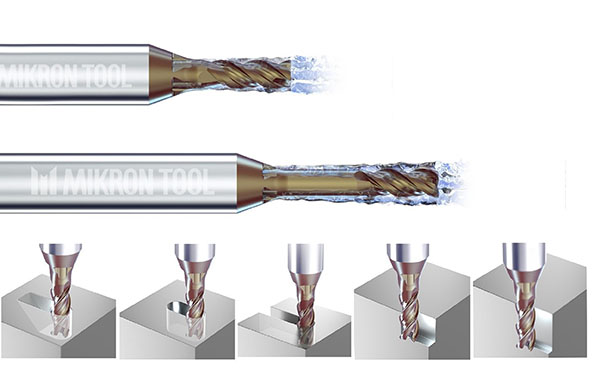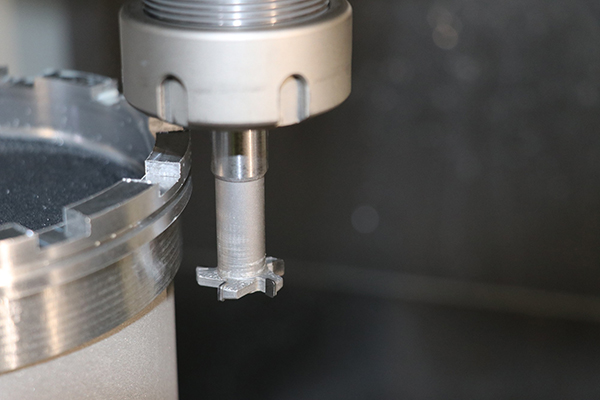Kennametal has expanded its replaceable drill offer for the KenTIP FS modular drill series with the new FEG insert for flat-bottom hole applications.

Applicable in steel, cast iron and stainless steels, the FEG insert eliminates end-milling operations and completes tasks in a single operation, saving time and tooling costs.
Drilling flat-bottom holes is a challenge. So is drilling on inclined or curved surfaces, drilling into cross holes, drilling stacked plates or castings, and other parts with rough surfaces. However, leveraging the success of its KenTIP FS modular drill, Kennametal has developed a proprietary insert geometry (FEG) that streamlines many of these application types and simplifies counter-bore and pilot-hole drilling.
Conceptually, the FEG geometry design is simple; it features a 180° cutting edge and a conical centre point that acts as a pilot to provide exceptional hole position and straightness. Corner chamfers serve to protect the cutting edges and reduce exits burrs, while four margin lands provide stability when breaking into interrupted cuts and cross-holes. Kennametal’s KCP15A grade uses a nano-structured AlTiN coating and fine-grain carbide substrate, providing both toughness and wear resistance when drilling steel, stainless steel and cast iron.
The diameter range covers 6-26 mm, while drilling depth of up to 12xD is possible depending on the KenTIP FS modular drill body.
Aside from the one-step drilling of flat-bottom holes, KenTIP FS-FEG is said to excel at drilling through cross-holes, inclined exits, and for use as a pilot drill in deep-hole applications up to 12xD.
For further information www.kennametal.com






